Latest News
MAGICIAN CM ASHOK GEHLOT PULLS ‘WELFARE RABBIT’ OUT OF BUDGET HAT

Apparently with an eye of polls later this year, Rajasthan government in Budget 2023-24 on Friday unveiled a series of populist measures such as LPG cylinders for Rs 500 under the Ujjwala Scheme, free electricity up to 100 units per month to domestic consumers, Free food packets every month for beneficiaries of NFSA and raising medical cover to Rs 25 lakh/family per year from Rs 10 lakh under Chiranjeevi Health Insurance Scheme.
RELIEF PACKAGE TO EASE INFLATION PRESSURE ON CITIZENS
An inflation relief package of Rs 19,000 crore in the state’s Budget for 2023-24 to provide relief to the masses from rising prices. The package includes free food packets every month to poor families, LPG cylinders for Rs 500 under the Ujjwala Scheme for 76 lakh families in the state and free electricity up to 100 units per month to domestic consumers. Amnesty schemes for various departments extended with increased relief in interest, penalty, and principal.
SOCIAL WELFARE SCHEMES ARE NECESSITIES NOT FREEBIES
People can get a variety of benefits from the government, but the notion of welfare is often misunderstood by the general population. The classic welfare system, which provides payments to people in need, is the most prevalent type. Freebies or gifts, however, are one of the less well-known social programmes that may be just as successful at helping people escape poverty. Spending on the poor creates a multiplier effect as their consumption goes up. The Rajasthan State budget provides massive support and concessions for the less fortunate citizens of the state, such as, old age pension scheme which has been increased from Rs 5000 per month to Rs 10 thousand per month, free medical coverage to EWS under Chiranjeevi Yojana, free Scooty to meritorious students extended from 20,000 to 30, 000, Free power limit extended from 50 units to 100 units, 200 units of free electrcity for farmers; free school uniforms will be given to students up to class 8 at a cost of Rs 560 crore; free electricity up to 2000 units for agricultural irrigation to farmers and many more.
YOUTH’S WELFARE AND WOMEN DEVELOPMENT
This budget had been formulated in a sense to provide support to sluggish socio-economic development and unemployed youths.
Budget focuses on education sector in which announcement regarding extension of Right To Education scheme from Class 8 to Class 12 for boys, 1000 more Mahatma Gandhi English Medium Schools, Rajasthan Talent Search Examination on the lines of NTSE, extension of beneficiaries 200 to 500 Rajiv Gandhi Scholarship for academic excellence.
CONCLUDING REMARK
The matter which matters most is that together states are more important than the Centre in increasing India’s GDP but states are in continuous pressure of cutting down expenditure and getting more indebted, which is grossly hurting growth and job creation in the country. States spend one and a half times more than union government and while doing so they employ five times more people than Centre. In this crucial scenario CM and FM of Rajasthan Ashok Gehlot has presented a budget which reflects his vision, farsight and political experience of collaboration politics. Budget is a balancing act. It must also show the road map for sources of finance. FM has made liberal announcements and fund allocation and has touched every sector from farmer to poor, health to agriculture, infrastructure to education but he did not speak a word on road map for sources of funds. The budget held an expansionary stand of the government for the development of the state and tackle the sluggish growth, but here it again raises the concern for the source to generate the revenue for the same. It would indirectly raise the fiscal burden, though a welfare state could bear the deficit to propel the economic variables and stimulate growth, but would create an inflationary impact on the overall economy concerned. This inflationary pressure would be convenient to an extent if its effect would have been to create better investment opportunities and markets to get clear, after taking debt sustainability as a factor into account. The budget is like a river having tributaries and distributaries, this budget showed a number of distributaries in terms of expenditure without any indication towards the tributaries of the revenue sources.
THE VIEWS EXPRESSED BY THE AUTHORS ARE PERSONAL
PROF ND MATHUR The writer is Dean, Jaipur School of Economics, JECRC University
SUMANT KAUSHIK The writer is Assistant Professor, Jaipur School of Economics, JECRC University



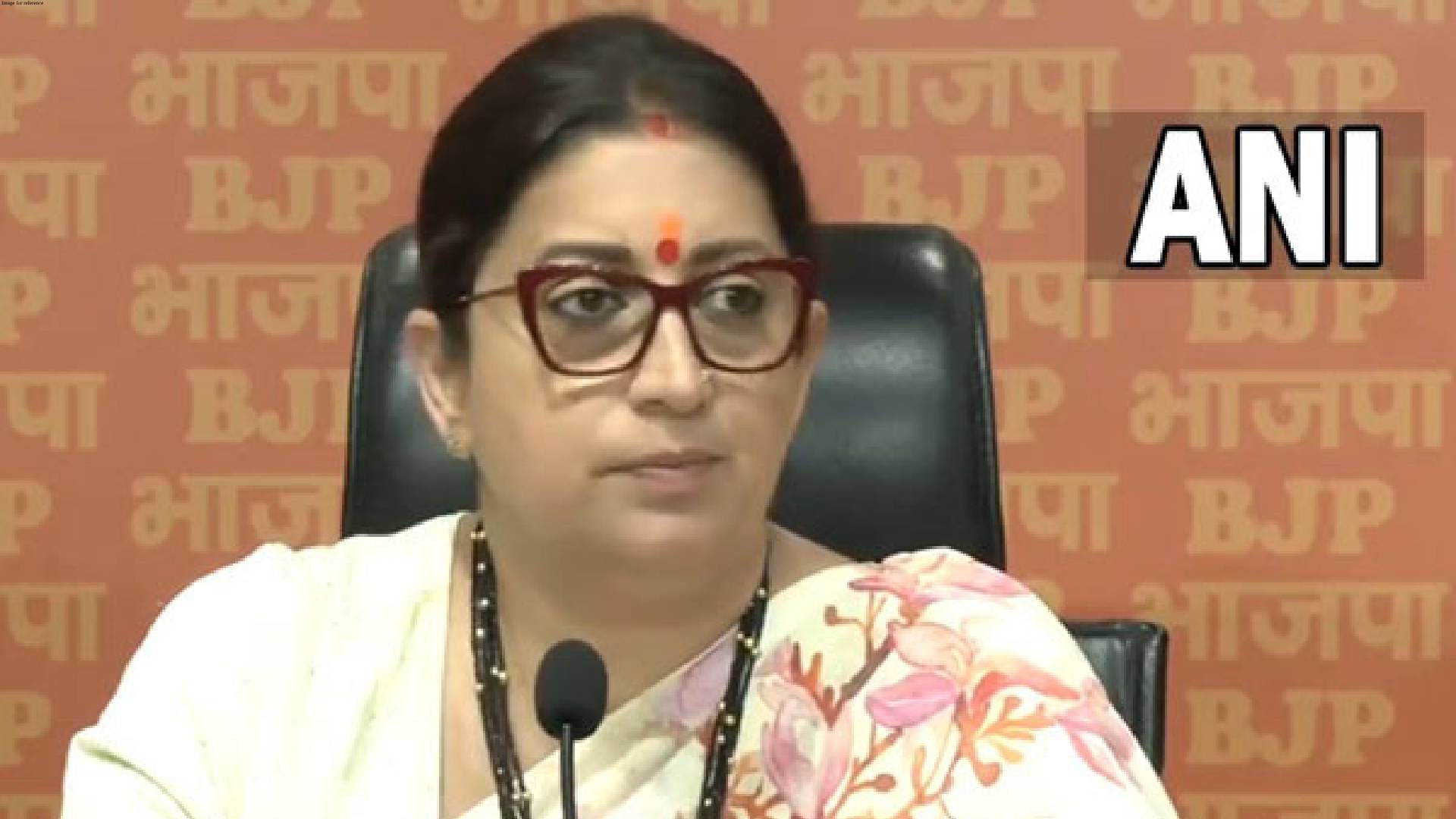
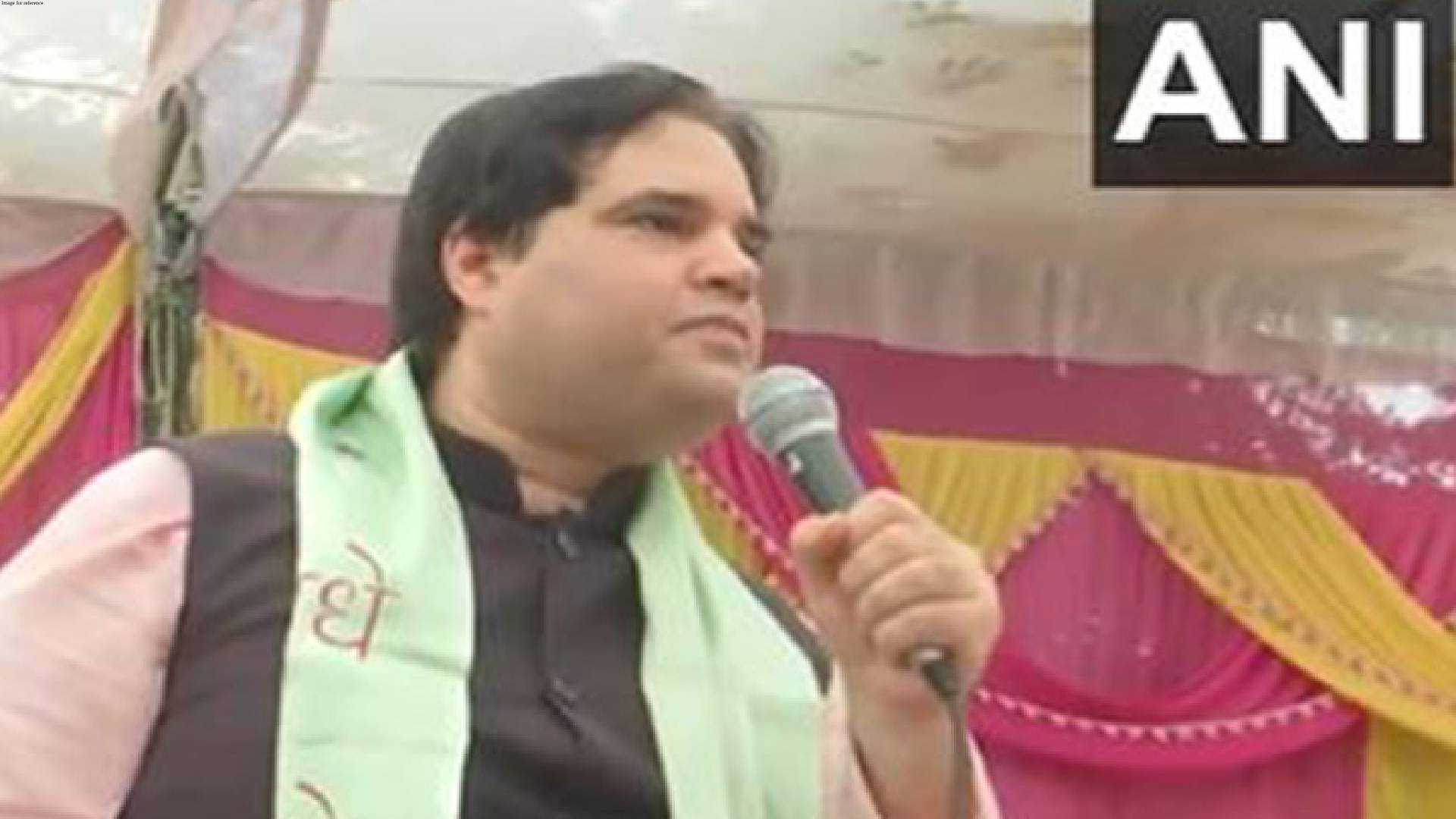

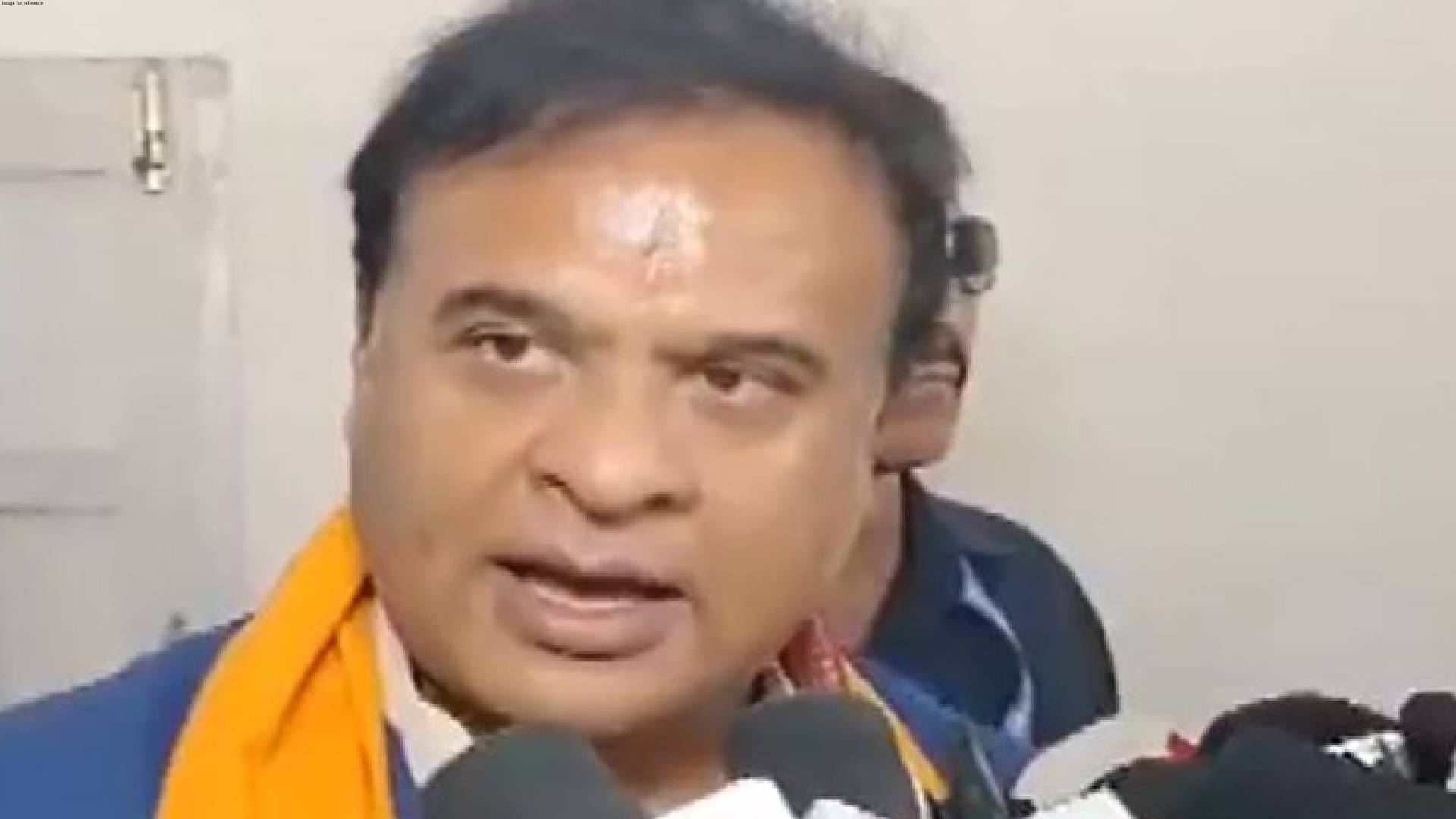
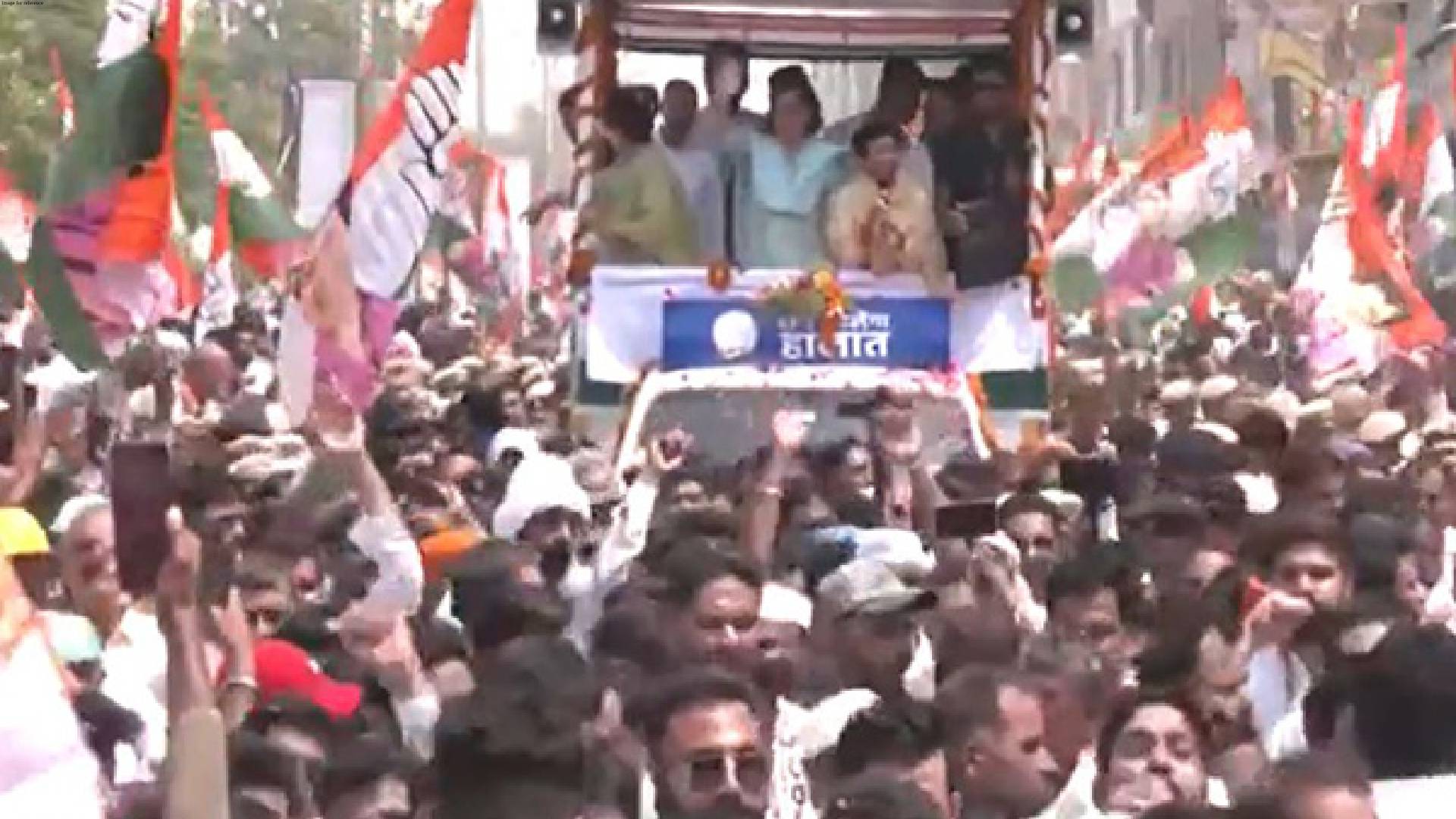
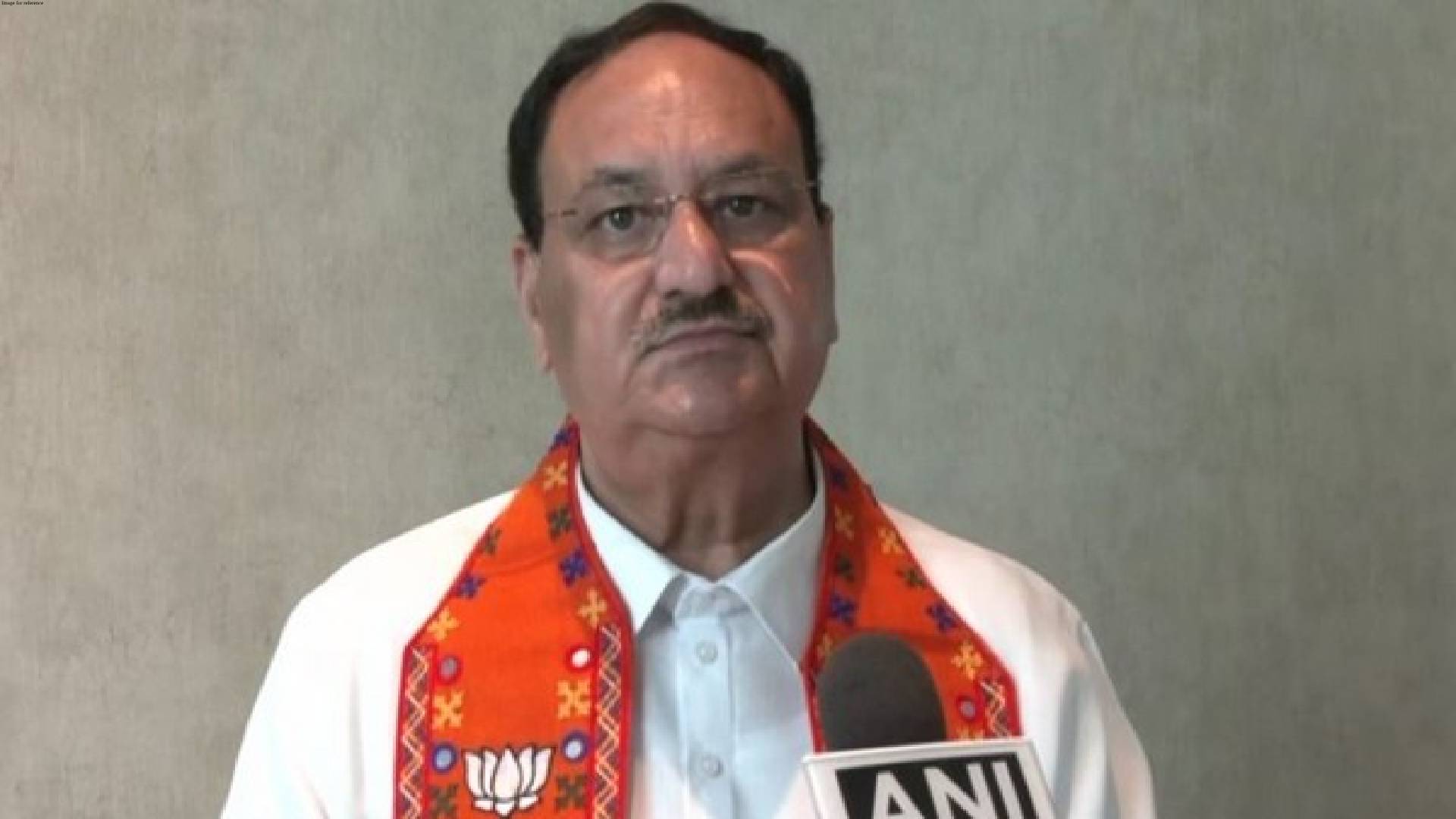


.png)









